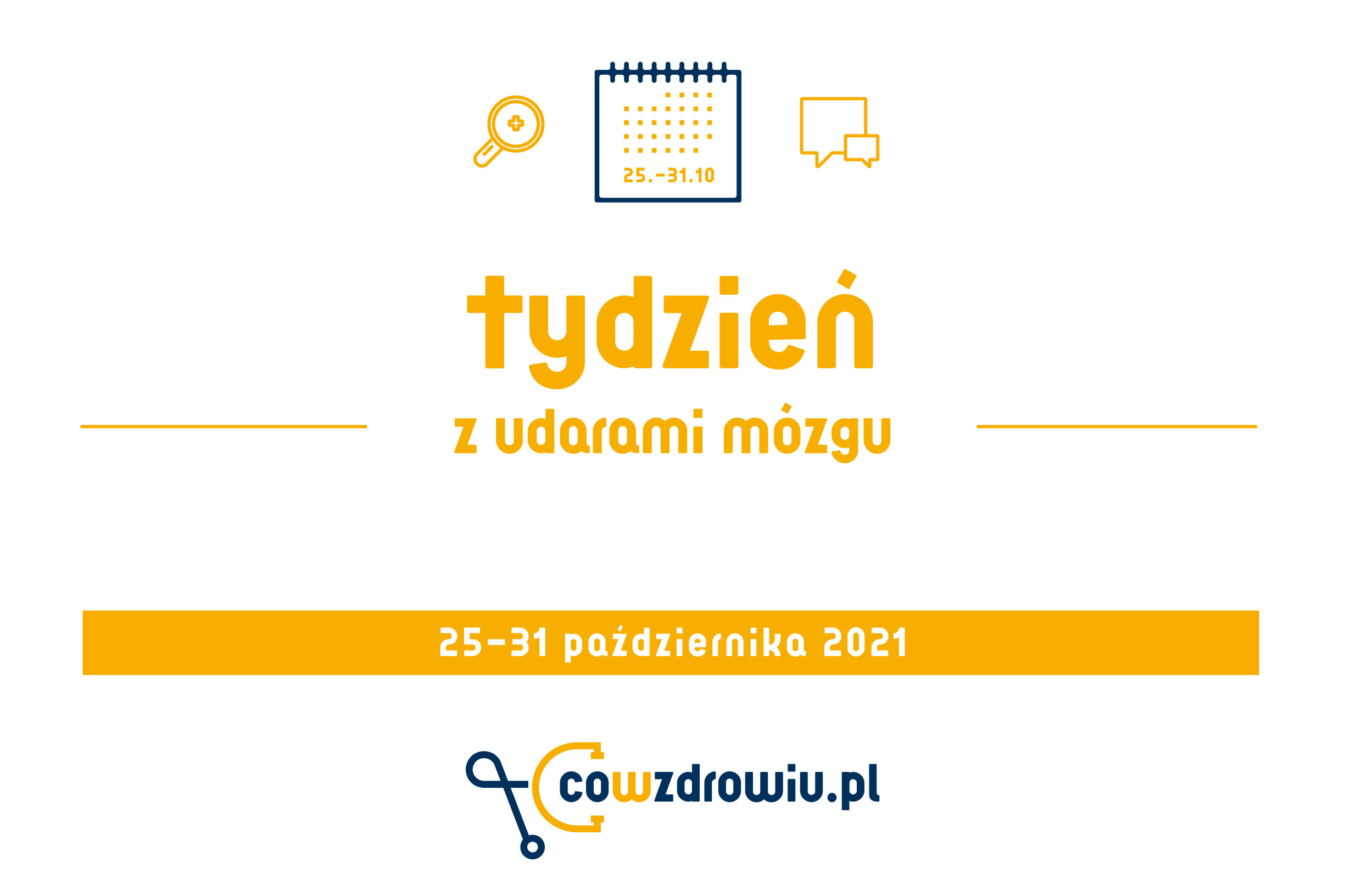Acute stroke is the most common cause of permanent disability in Poland. The speed and comprehensiveness of the assistance provided depend on the chances of survival and the degree of recovery. In the coming days cowzdrowiu.pl will publish a series of texts and infographics on stroke - epidemiology, treatment and rehabilitation as part of the editorial 'Stroke Week'.
In Poland, around 80 000 people suffer a stroke every year. It is one of the five leading causes of death. The vast majority (at least 80 per cent) of are ischaemic strokesand the rest - haemorrhagic.
Whether a patient recovers depends on the speed and comprehensiveness of care, and this unfortunately varies in many respects, for example regionally. This includes the speed of transport to hospital, but also the distribution of facilities performing mechanical thrombectomy. Thrombectomy involves the mechanical removal of a clot from a vessel. It is essential that this procedure takes place within eight hours of the stroke occurring, which requires rapid diagnosis and transfer of the patient to an appropriate facility performing this procedure. There are 20 such facilities in Poland.
From 2018 in Poland There is a pilot programme for mechanical thrombectomy for the treatment of ischaemic stroke, which is expected to run until the end of 2022, by which time, specialists hope, it will be part of the basket of guaranteed services available in every region.
The National Health Fund sees the need to include post-stroke patients in a coordinated system. In September this year, on the occasion of the presentation of the report "The state of Polish neurology and directions of its development in the perspective to 2030", he spoke about this Acting President of the National Health Fund, Filip Nowak. - There is no turning back from building a coordinated system of neurological care in Poland. It should be noted that this present-day medicine is not starting from scratch in our country and can already boast great successes. A huge qualitative leap has been made with the creation of a network of stroke units, in which the prognosis for survival and the condition of patients has improved significantly.
The next stage involving most patients is rehabilitation, to which we will devote a separate interview in the coming days. - While the stroke itself is instantaneous, returning the patient to normal functioning afterwards is not an easy task and takes time, sometimes even years. Time is the key to success here," he says in an interview with CowHealth Iwona Sarzyńska-Dlugosz, MD, PhD, member of the Executive Board of the Polish Rehabilitation Association. The management of such cases depends on the severity of the neurological deficit and is a multi-stage process. Logistics and coordination are key - so that the patient makes a smooth transition to follow-up care.
Prof. Jarosław Sławek, President of the Polish Neurological Society lists the different types of rehabilitation to which the subsequent effects of a stroke are subjected. Post-stroke patients benefit from physical rehabilitation, kinesiotherapy, speech therapy or occupational therapy, allowing the patient to adapt to daily activities again. One of the most common sequelae of stroke is post-stroke spasticity, i.e. painful muscle tension. Support is also often needed in the form of botulinum toxin injection - a therapy that is completely free of charge for patients and is available in the drug programme. It is one of the safest methods of treating excessively tense, stiff and sore muscles, and it also makes physiotherapy easier.
Prevention
The number of strokes can be reduced through effective prevention and education campaigns. This includes giving up stimulants, physical activity and controlling blood pressure. Some patients need anticoagulant treatment. However, not all forms of therapy are reimbursed, as Professor Jarosław Sławek, among others, points out.
Campaigns organised by scientific societies, patient organisations, some medical institutions and also supported by companies - which teach how to recognise the first signs of stroke in yourself and others and what to do then - are also very important.
Source: cowzdrowiu.pl

